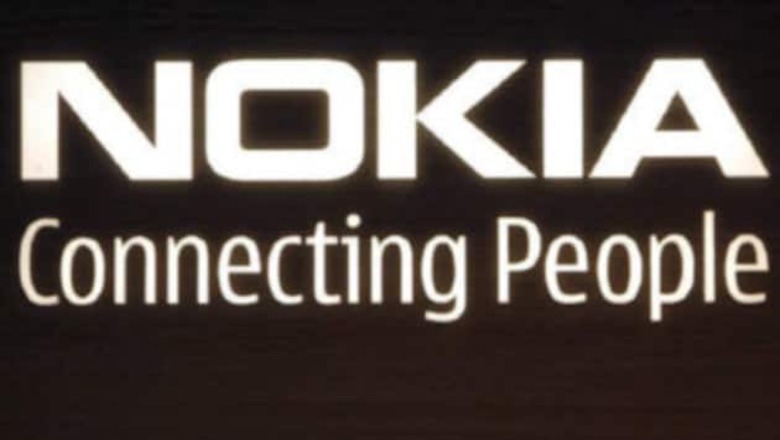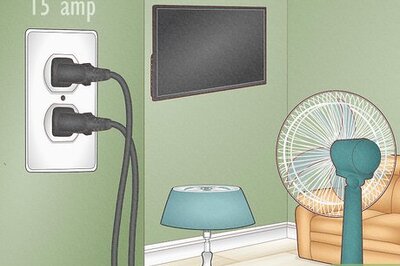
views
Nokia's chairman said the board fully supported management's current strategy, as it moves the world's top cellphone maker away from hardware and towards offering services.
Here is a timeline of key events at Nokia in its software and smartphone line-up since early 2009:
February 2009
- Cuts production and 410 jobs at Salo plant in Finland as it plans to slash annual costs at its key handset unit by more than 700 million euros ($905 million).
March
- Slashes 1,700 jobs globally.
May - Halts investment in its first major Internet service push - Ovi Share, a media sharing site, as part of a revamp of its services strategy. It built the service - seen as one of the cornerstones of its services strategy - on the acquisition of U.S. firm Twango in 2007.
- Opens online software and content store Ovi Store, hoping to follow the success of Apple Inc's App Store, but the opening is overshadowed by glitches and negative reviews.
July
- Accenture agrees to buy a unit of Nokia responsible for servicing the Symbian smartphone operating system that Nokia has given to an open-source foundation. Nokia decided last year to make Symbian technology freely available in the hope it would encourage Internet developers to build innovative applications on the platform, helping it win back market share.
August
- Microsoft and Nokia announce a deal to bring business software to smartphones and counter the dominance of Research in Motion Ltd's BlackBerry.
- The alliance means the latest versions of Microsoft Office applications, including Word, Excel, PowerPoint and messaging, will be available on a range of Nokia cellphones which make up 45 percent of the global smartphone market.
- Unveils its first phone running on Linux software and also a new Solutions business unit, which aims to better tie together its phone operations and new mobile Internet services.
September
- Prices its first small laptop the Nokia Booklet 3G at 575 euros which will use Microsoft's Windows software and Intel's Atom processor to offer up to 12 hours of battery life while weighing 1.25 kilograms. Nokia has produced PCs before, but divested the unit in 1991.
October - Says lost ground on the smartphone market to Apple's iPhone and RIM in Q3, as it reports its worst ever results. Its smartphones market share fell to 35 percent in July through September from 41 percent the previous quarter.
- Files a suit in the United States accusing Apple of infringing 10 patents in technologies including wireless data transfer, a key factor in the success of iPhone.
December
- Says to drastically cut back on the number of smartphone models it rolls out in 2010.
- Closes its only two flagship stores in the United States, in a sign its retail strategy of flashy brand-booster outlets is needing a refresh.
January 2010
- Opens a version of its software store for its flagship N900 model which runs the Linux operating system. The Linux Maemo operating system is seen as key in its rivalry with the iPhone.
February
- Says to merge its Linux Maemo software platform, used in its flagship N900 phone, with Intel's Moblin which is also based on Linux open-sourced software.
May
- Nokia and Microsoft unveil their Communicator Mobile software, to counter RIM's dominance in wireless services for corporations.




















Comments
0 comment